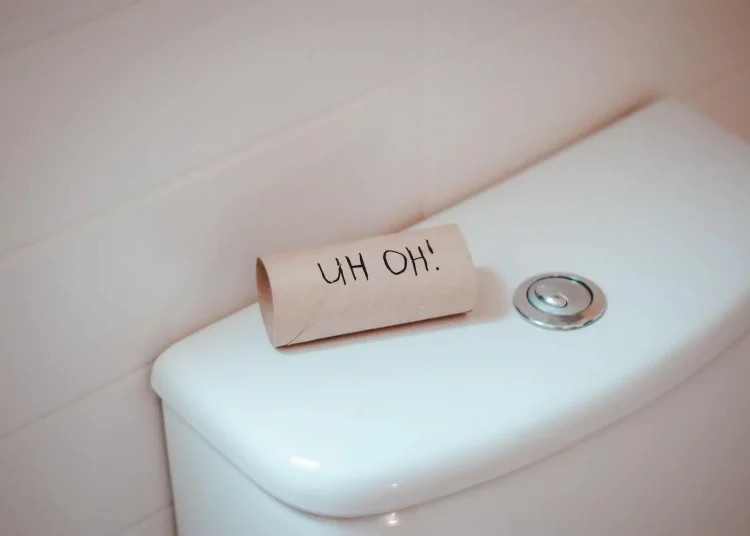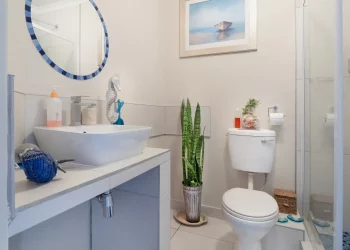It’s happened to all of us. We’re in the middle of using the toilet, and suddenly, it starts to back up. Before you know it, you’re knee-deep in water and sewage. Gross! So read on, wear your gloves, and prepare to take care of that clog! But before you give up and call a plumber, try these ten easy methods. From using a plunger to using vinegar and baking soda, we’ve got you covered.
What are the common reasons toilets get clogged?
Before we jump into how to unclog a toilet, let’s first take a look at some of the reasons toilets become backed up in the first place. That way, you can avoid these issues in the future. Here are some of the most common causes of clogged toilets:
- Too much toilet paper: Toilet papers are the most common cause of clogged toilets. People often underestimate just how much toilet paper they need to use. The rule of thumb is to use only as much as you need and no more.
- Foreign objects: Clogged toilets are often the result of people flushing foreign objects that shouldn’t be flushed in the toilet drain. These items can include anything from feminine hygiene products to children’s toys.
- Poor water pressure: If you have poor water pressure, it can make it more difficult for waste to be flushed properly. This can lead to clogs over time.
- Tree roots: If you have trees in your yard, their roots can sometimes grow into your sewer line and cause a blockage.
- Damaged plumbing: Damaged plumbing can also lead to clogged toilets. This can be anything from cracks in the pipes to leaks.
Signs of a Clogged Toilet
Now that we know some of the reasons toilets become clogged. Let’s take a look at some of the signs that your toilet is starting to back up. These signs can help you catch the problem early on and avoid a major disaster. Here are some of the most common signs of a clogged toilet:
- The water level in the bowl is higher than normal: This is usually one of the first signs that something is wrong. If you notice that the water level in your toilet bowl is starting to rise, it’s time to take action.
- Water is draining slowly: Another sign that your toilet is becoming clogged is if you notice the water draining away more slowly than usual. This is usually due to a build-up of waste in the pipes.
- There is sewage backing up: If you notice sewage backing up into your toilet or bathtub, this is a major red flag. This means that the clog is severe and needs to be dealt with immediately.
- The toilet is making strange noises: If you notice your toilet making gurgling or bubbling sounds, this is also a sign that it’s becoming clogged.
Now that we know some signs of a clogged toilet, let’s move on to how to fix the problem.
How to Unclog a Toilet with A Plunger
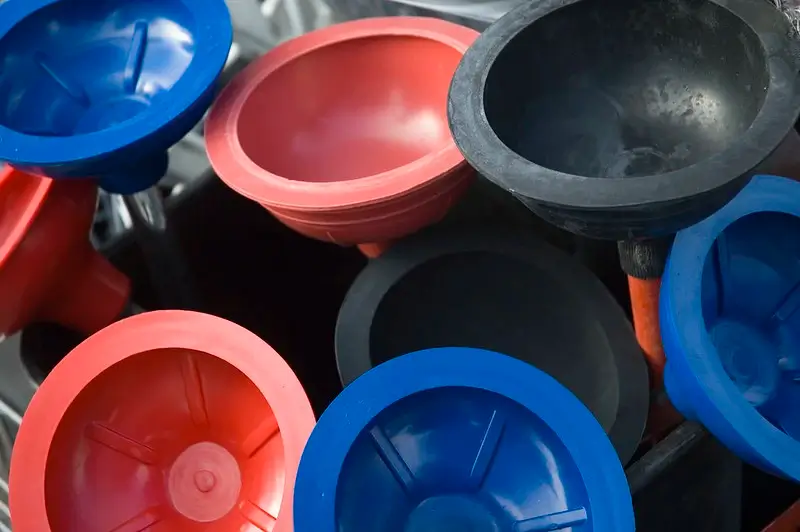
The first method we’re going to look at is using a plunger. This is the most common way to unclog a toilet, and it’s also one of the easiest. All you need is a plunger and some water.
Here’s how to do it:
- Start by adding some water to the toilet bowl. You want to make sure there’s enough water to cover the plunger.
- Place the plunger over the hole in the bottom of the toilet bowl and make sure the rubber part is submerged.
- Push and pull the plunger up and down vigorously.
- Continue doing this until the clog is cleared and the water drains away normally.
- If the plunger isn’t working, you can use a plumber’s snake. This is a long, flexible piece of metal that can help to break up the clog.
How to Unclog a Toilet with Vinegar and Baking Soda
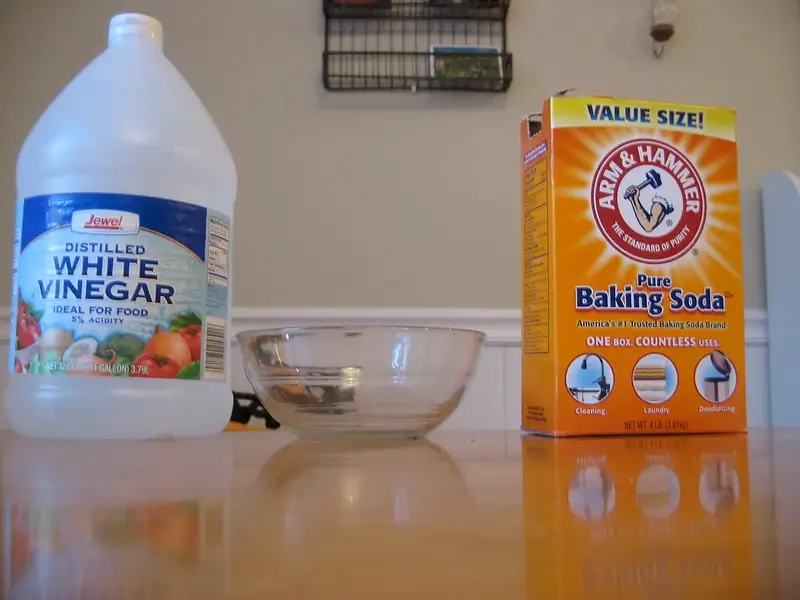
If you don’t have a plunger, or if the plunger isn’t working, you can try using white vinegar and baking soda. This is a natural way to unclog a toilet and is very effective.
Here’s how to do it:
- Remove as much water from the toilet bowl as possible. You can do this by using a plunger or a wet/dry vacuum.
- Pour one cup of vinegar and one cup of baking soda into the toilet bowl. Be sure to pour the baking soda into the vinegar, not the other way around! The reaction between the two will create a lot of bubbles and foaming, so be careful not to get any on yourself.
- Let the mixture sit in the toilet bowl for 30 minutes. This will give it time to break down the clog.
- After 30 minutes have passed, flush the toilet. The clog should be gone, and your toilet should be unclogged!
How to Unclog a Toilet with A Wire Hanger
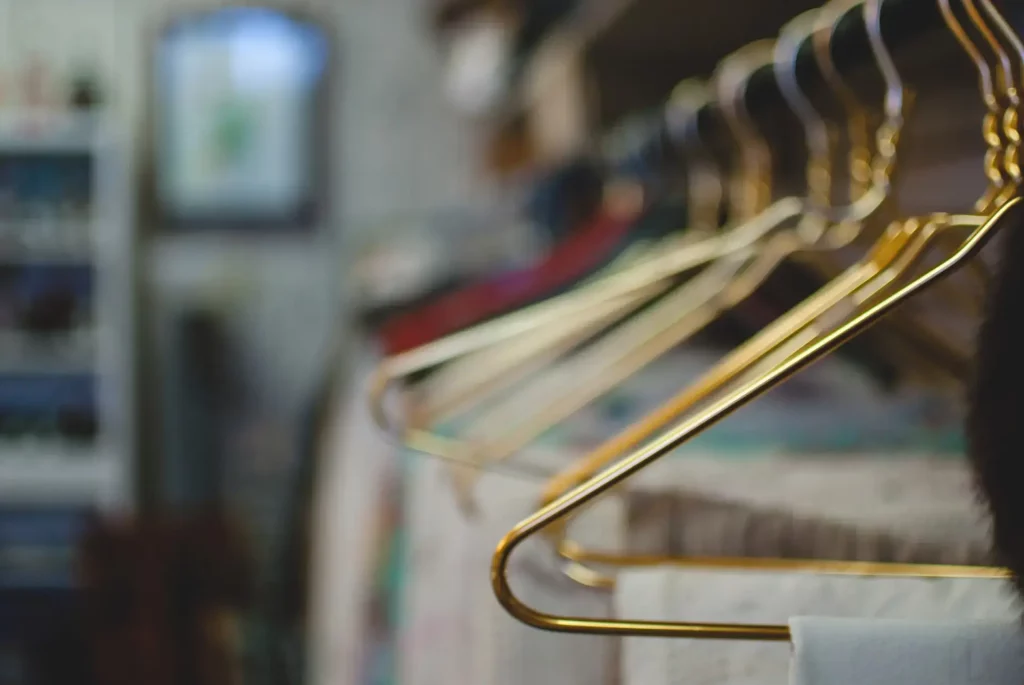
If you don’t have a plunger, vinegar, or baking soda, try using a wire coat hanger. This may seem like an odd method, but it’s very effective.
Here’s how to do it:
- Remove the wire hanger from the package. You’ll need to remove the plastic coating if it’s one of those plastic-coated hangers. This can usually be done with a pair of pliers.
- Now, straighten out the wire hanger as much as possible. You want to create a long, thin piece of wire.
- Carefully insert the wire into the toilet bowl, moving it around until you feel resistance. This means you’ve reached the clog.
- Once you’ve found the clog, start twisting the wire hanger clockwise. This will help to loosen up the clog so it can be flushed away.
- Keep twisting and pushing until you feel the clog give way. Then, flush the toilet, and voila! Your toilet should now be unclogged.
How to Unclog a Toilet with A Pot of Boiling Water
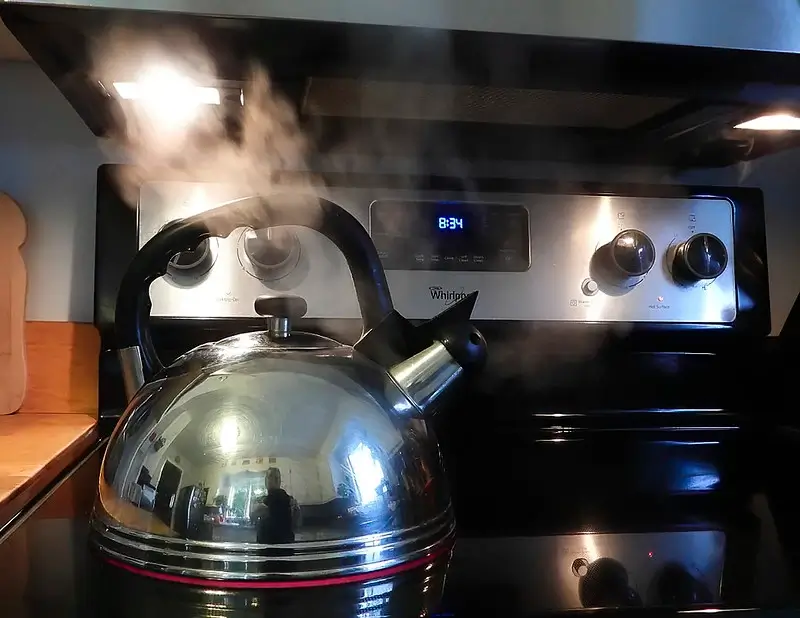
A clogged toilet is a homeowner’s nightmare. Fortunately, you can use a few simple tricks to get your toilet flowing again. One of the most effective is using a pot of boiling water.
Here’s how it works.
- Boil a pot of water on the stove.
- Carefully pour the boiling water into the toilet bowl. Be sure to pour it slowly, so you don’t splash yourself or make a mess.
- Let the boiling water sit in the toilet bowl for several minutes. This will help loosen the clog so that it can be flushed away.
- Once the clog has been loosened, flush the toilet to get rid of it for good. If the clog is still stubborn, repeat 2-4 until it finally gives way.
Cautionary Notes: Before using this method, check that your toilet is made of material that can withstand boiling water. Some toilets are made of porcelain, which is fine, but others are made of plastic, which can warp or melt when exposed to extreme heat.
How to Unclog a Toilet with Borax
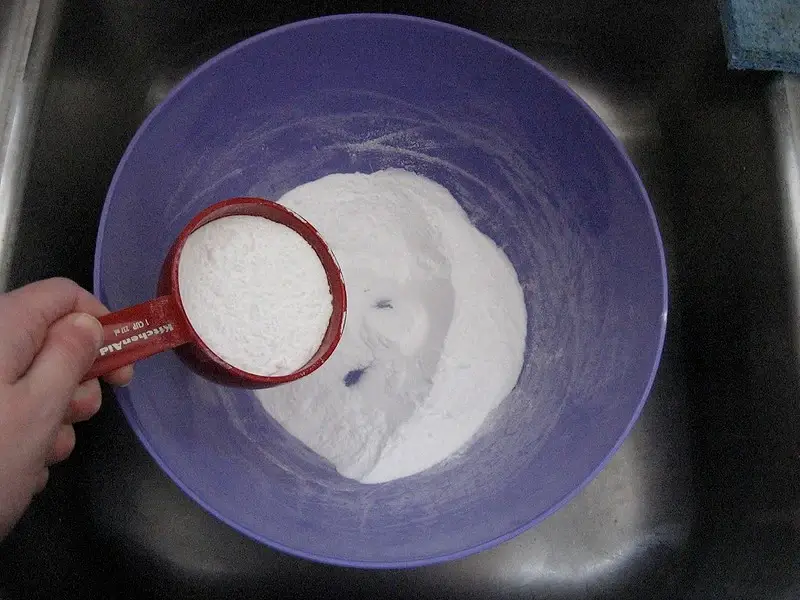
Borax is an excellent option if you’re looking for a natural way to unclog your toilet. Borax is a natural cleaning agent that dissolves build-up and breaks up clogs. Plus, it’s inexpensive and easy to find at your local grocery store. So, if you’re dealing with a clogged toilet, grab some borax and try this method.
Things You’ll Need:
- 1/2 cup of Borax
- 1 gallon of hot water
- Bucket
- plunger
- rags or towels (optional)
Here’s how to use it.
1. Start by pouring one cup of borax into the toilet bowl.
2. Add two cups of hot water and stir to combine.
3. Let the mixture sit in the toilet bowl for 30 minutes. This will give the borax time to break down the clog.
4. After 30 minutes have passed, flush the toilet. The clog should be gone, and your toilet should be unclogged!
How to Unclog a Toilet with Dish Soap
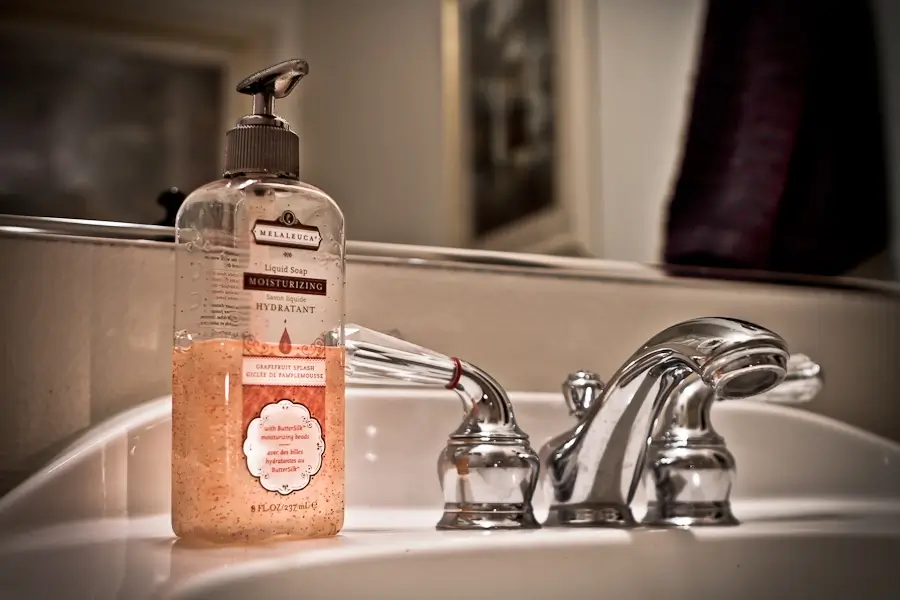
If you’re out of borax or vinegar, try using dish soap. This may seem like an odd method, but it’s very effective. The dish soap will help to break down the clog so that it can be flushed away.
Here’s how to do it:
1. Pour ¼ cup of dish soap into the toilet bowl.
2. Let the soap sit for 10 minutes to give it time to work.
3. Add 1 gallon of boiling water to the bowl.
4. Use a plunger to unclog the toilet.
5. If the toilet is still clogged, repeat steps 1-4.
6. Flush the toilet to clear away any remaining soap residue.
7. Enjoy your newly unclogged toilet!
How to Unclog a Toilet with Laundry Detergent

Laundry detergent is another common household item that can be used to unclog a toilet. The soap in the detergent will help break down the clog so it can be flushed away.
Here’s how to do it:
- Turn off the water to your toilet. Turn the knob clockwise to shut off the water valve located behind your toilet tank. You must do this before unclogging the toilet. Otherwise, water will spill out of the bowl.
- Pour 1/2 cup of laundry detergent into your toilet bowl. Any laundry detergent will do—liquid, powder, or pod detergent.
- Let the detergent sit in the toilet bowl for 15 minutes to give it time to work its magic.
- Boil a pot of water and pour it into the toilet bowl. Be careful not to splash yourself! The boiling water will help break up the clog so it can be flushed away.
- Flush your toilet, and voila! The clog should be gone. If not, you may need to repeat 2-5 until the clog is completely broken up and flushed away.
How to Unclog a Toilet Using a Wet and Dry Vacuum Cleaner
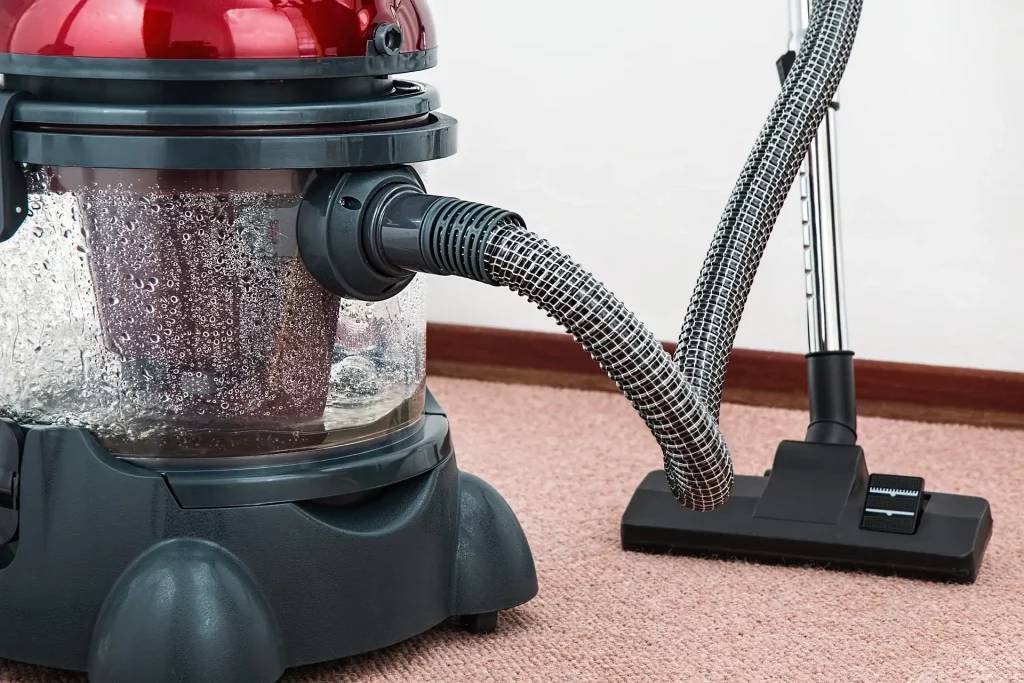
If you have a wet and dry vacuum cleaner, you can use it to unclog your toilet. This method is similar to the plunger method but much more powerful. Plus, it’s perfect for stubborn clogs.
Here’s how to do it:
- Start by putting on rubber gloves, so you don’t have to touch any sewage. Then, position the vacuum cleaner, so the hose is directly over the toilet bowl. Make sure that the power cord is safe from getting wet.
- Turn on the vacuum cleaner and let it run for a few seconds to ensure it’s working properly. Then, put your hand over the hose’s opening to create a seal.
- Plunge the toilet like you would if you were trying to unclog it without a vacuum cleaner. As you do this, maintain the seal between your hand and the hose opening. Keep plunging until the water level in the toilet bowl starts to go down. You should see water being sucked up into the vacuum cleaner’s hose.
- After the water level has lowered, carefully turn off the vacuum cleaner and remove the hose from the toilet bowl. To avoid sewage spillage, be very cautious while removing the hose. After that, flush to check if it’s unclogged, and immediately clean your hands with soap.
How to Unclog a Toilet with a Toilet Auger
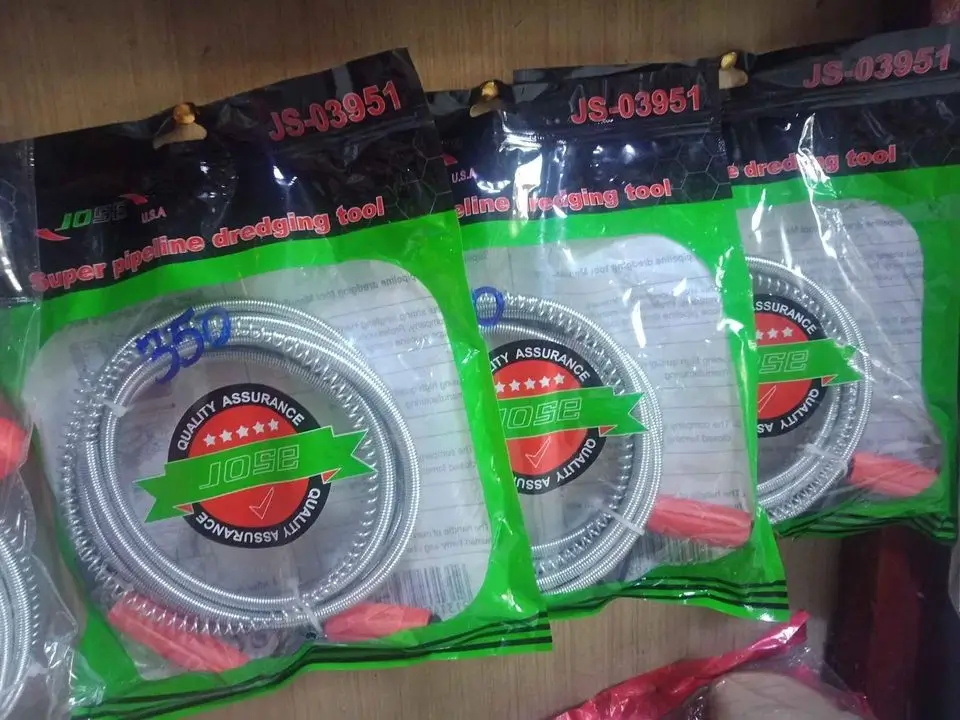
A toilet auger is a tool designed to unclog toilets. It is a coiled wire fed into the toilet bowl to clear blockages in the drain. Toilet augers are available for purchase at most hardware stores.
Here’s how to use a toilet auger:
- Insert the toilet auger into the toilet bowl and turn the handle clockwise to feed the cable down the drain.
- Continue feeding the cable until you feel resistance. This indicates that the auger has reached the blockage.
- Apply pressure to the handle and turn clockwise to break up the blockage.
- Remove the auger from the toilet bowl and flush the toilet to rinse away any remaining debris.
- Repeat steps 1-4 if necessary.
How to Unclog a Toilet with a Chemical Cleaner
If you’ve tried all the above methods and your toilet is still clogged, you may need a drain-clearing chemical. This is usually a last resort, but it can be effective. Just be sure to use caution when handling any dangerous chemicals.
Step 1: Read the Label
The first thing you’ll need to do is read the label on your chosen chemical solution. This is important for two reasons. First, you’ll want to ensure that the product is safe for toilets and won’t damage your plumbing. Second, before using the product, you’ll want to be familiar with the warnings and precautions. Once you’ve read the label and are confident that you can use the product safely, move on to step 2.
Step 2: Put on Protective Gear
Next, you’ll need to put on some protective gear. This includes gloves, goggles, and a face mask. This is important because chemical cleaners can be very harmful if they come into contact with your skin or eyes. Once you’re suitably protected, move on to step 3.
Step 3: Pour the Chemical Cleaner Into the Toilet
Now it’s time to pour the chemical cleaner into the toilet bowl. Be careful not to splash any cleaners onto yourself or your clothes. After you’ve poured in the recommended amount of cleaner, give the toilet bowl a quick brush with a toilet brush to help loosen up any clogs. Let the cleaner sit in the bowl for 15-30 minutes to allow the chemical reaction to work, as listed on most labels.
Step 4: Flush the Toilet
After the recommended time has passed, flush the toilet to see if the clog has been removed. If it hasn’t, you may need to repeat steps 3 and 4. If the clog is still present after two or three attempts, you should call a professional plumber for help.
You might be interested in this article: How to Plunge a Toilet in Less Than 2 Minutes
How to Prevent Toilet Clogs Before They Happen
The best way to deal with a clogged toilet is to prevent the clog from happening in the first place. Here are a few simple tips to help you do that:
- Don’t flush anything other than toilet paper
This may seem common sense, but you would be surprised how many people flush all sorts of things down their toilets aside from human waste. From baby wipes to Q-tips, flushing anything other than toilet paper will almost certainly result in a clog. So, save yourself the hassle and only flush toilet paper down your toilet.
- Use a plunger regularly
If you have kids, you know that clogged toilets are inevitable. But there’s no need to call a plumber whenever your toilet gets backed up. Instead, keep a plunger handy and use it to clear minor clogs yourself. Make sure you’re using the correct type of plunger for your toilet. There are different toilet plungers for different types of toilets (e.g., standard, flanged, etc.).
- Don’t wait until it’s too late
Take action immediately if your toilet is starting to drain slower than usual. The longer you wait to deal with the problem, the worse it will get – and the more difficult (and expensive) it will be to fix. So, if your toilet isn’t draining as quickly as it should, call a professional plumber immediately.
- Be proactive about cleaning your bathroom regularly
One of the best ways to prevent your toilet from becoming clogged is to keep your bathroom clean. That means wiping down surfaces, sweeping and mopping the floor, and cleaning the toilet bowl regularly. By taking some time to clean your bathroom every week, you can help prevent potential problems before they start.
Frequently Asked Questions
When should I call a professional plumber?
If you’ve tried everything and nothing seems to be working, it’s time to call in reinforcements in the form of a professional plumber. Plumbers have special tools and equipment that they can use to clear even the most stubborn blockages. They will also be able to take preventative measures to ensure that your drains don’t become clogged again.
My toilets are backed up, what should I do?
If you have more than one toilet in your house and are both backed up, the issue is most likely in your main sewer line. DO NOT try to fix this on your own! Call a professional plumber immediately, as this is a serious issue that needs to be fixed before it causes extensive damage to your home.
How much will it cost to have a plumber clear my clogged toilet?
The cost of having a plumber clear a clogged toilet will vary depending on the severity of the blockage and the plumber’s rates. However, you can expect to pay anywhere from $75 to $600 for this service.
How often should I have my septic tank pumped?
You should have your septic tank pumped every three to five years to prevent it from overloading and causing sewage to back up into your home.
My toilet is constantly running, what could be causing this?
There are several possible causes for a constantly running toilet, including a faulty fill valve or flapper valve. Additionally, build-up in the pipes can also cause this problem. If your toilet is constantly running, it is best to call a plumber for assistance.
Can I use chemical drain cleaners on my toilets?
While chemical drain cleaners may be effective at clearing some types of blockages, they should not be used on porcelain toilets and cause harm to your home’s plumbing system. If you must use a chemical drain cleaner, follow all manufacturer instructions carefully and always flush with plenty of water afterward.
Conclusion
Dealing with a clogged toilet can be frustrating, especially if you’re unsure what to do or how to fix it yourself. But armed with this knowledge, we hope you feel more confident about taking on this problem head-on and avoiding it in the future!

